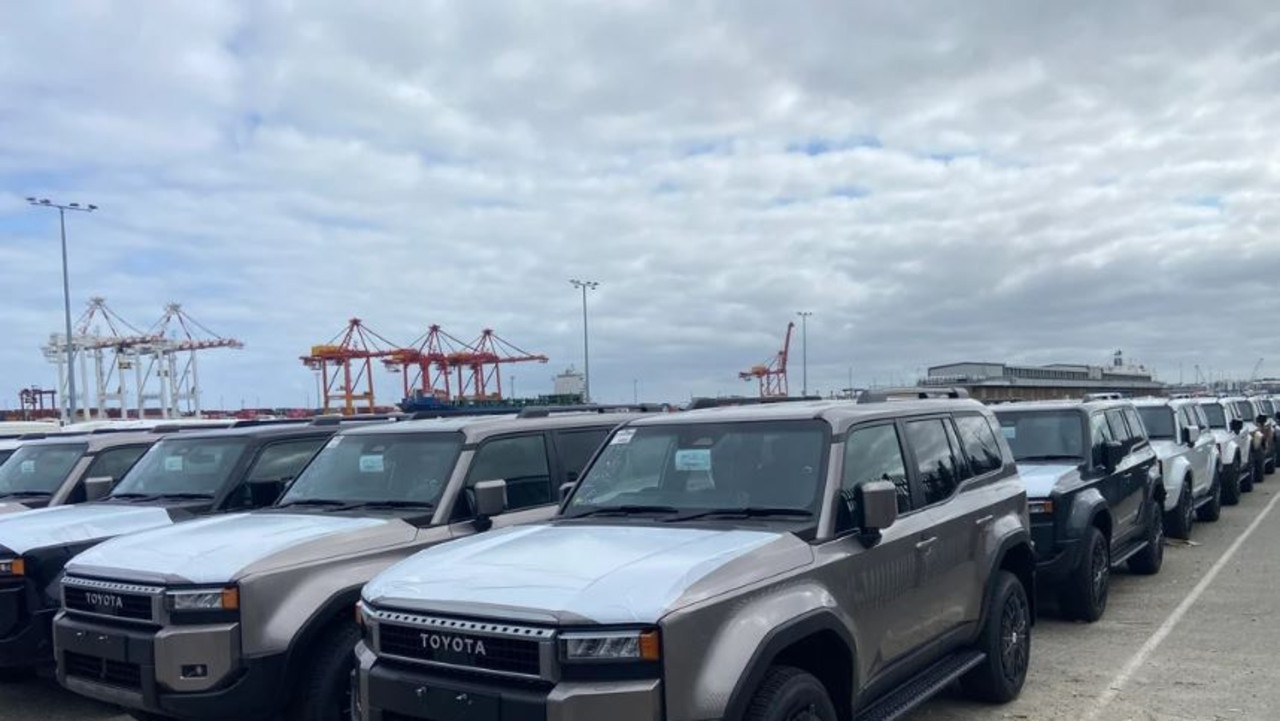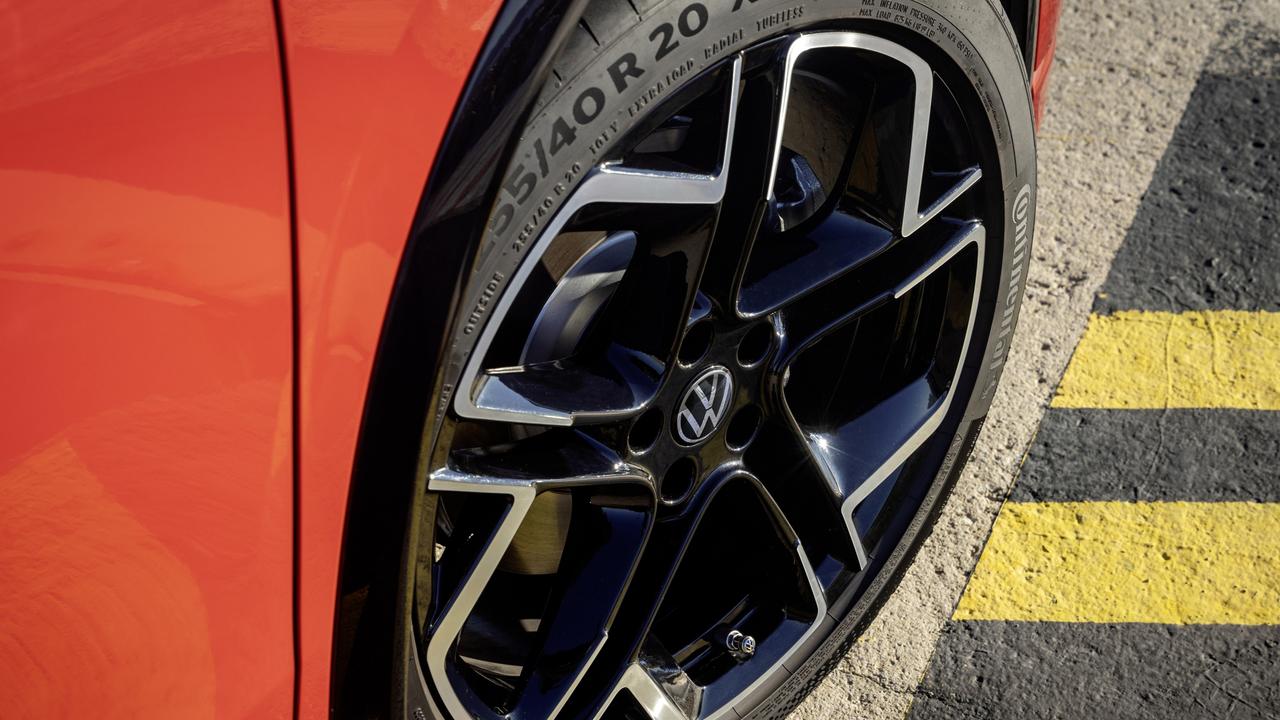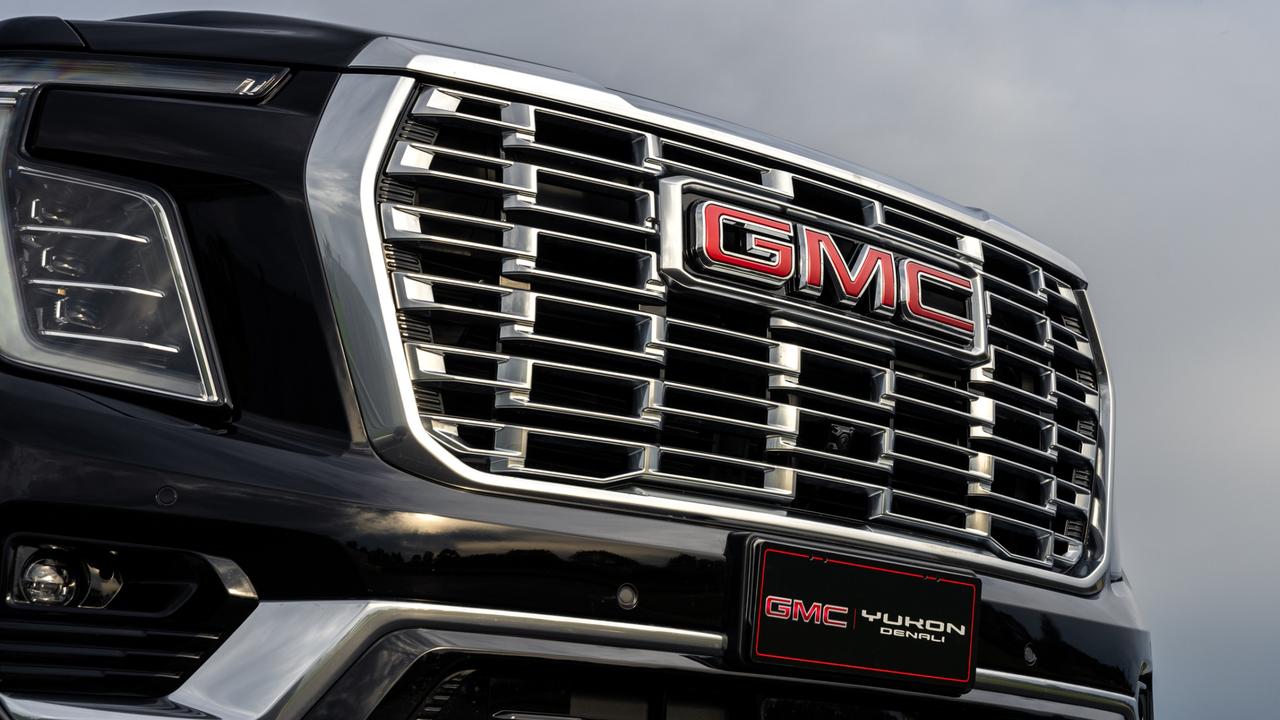Tesla Model 3 Long Range review: EV is genuinely usable in the real world
No other cars get people talking quite like a Tesla, and after an extended loan we find the answer to some of its biggest questions.

New Cars
Don't miss out on the headlines from New Cars. Followed categories will be added to My News.
Range anxiety isn’t an issue in the updated long-range version of Tesla’s Model 3. Three weeks of summer driving reinforced the fact that big batteries and growing charging networks have made cars such as this viable over long distances.
Priced from about $89,500 drive-away, the all-wheel-drive Tesla Model 3 Long Range is the distance runner of the Tesla family with an advertised estimated range of 657 kilometres.
That’s nearly 200 kilometres more than the $18,500-cheaper entry point to the Model 3 line-up, and more than double that of circa-$50,000 EVs vehicles such as the Nissan Leaf.
But it’s not quite that leggy in reality. Our time with the car returned average consumption of about 18kWh per 100 kilometres, using about 22 per cent of the car’s battery capacity for every 100 kilometres.
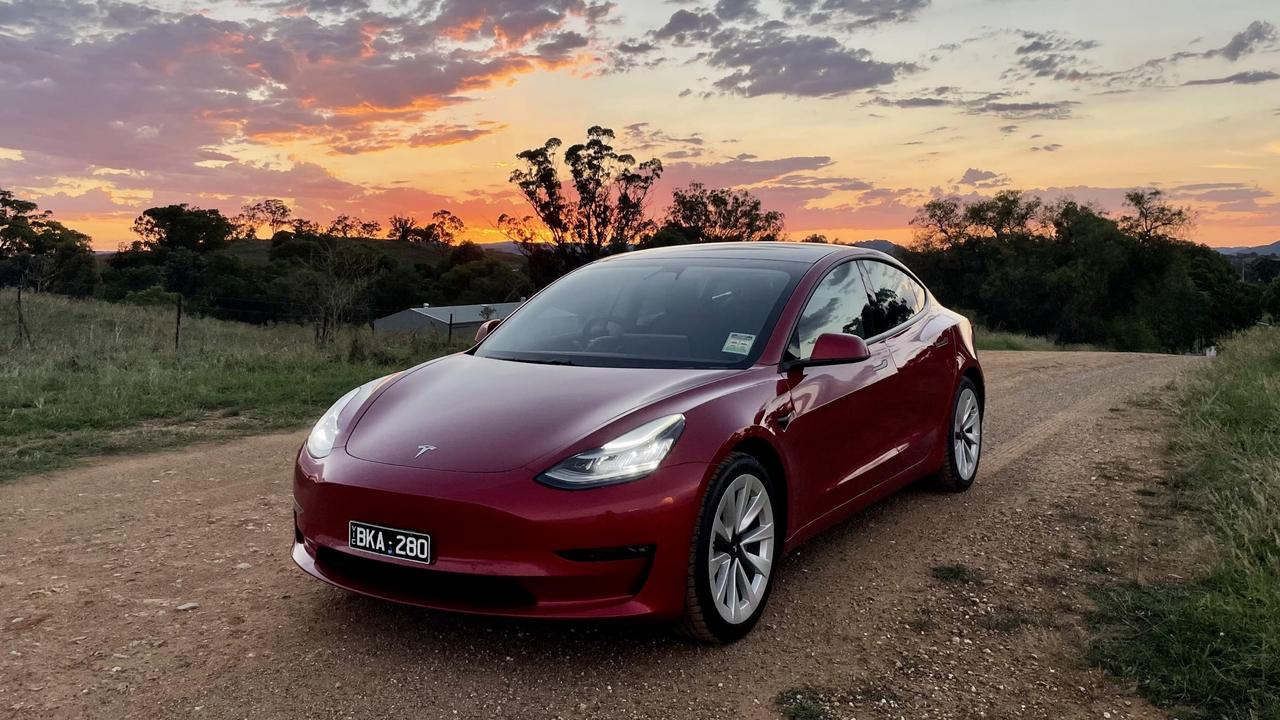
A full battery saw the car’s dashboard display 556 kilometres of range, but real-world driving offered about 450 kilometres. The figure isn’t flattering, but our test was mainly at highway speeds, where electric vehicles are less efficient. Around town, the range would have increased as the car generated energy under braking.
We tried a variety of power sources. Charging with a home power point is quite slow, taking more than 24 hours to juice up.
Tesla’s free “destination” chargers boost the battery from 40 to 100 per cent in about five hours, while other free rapid chargers topped up the battery by 50 per cent inside an hour.
Superchargers can’t be beaten for pace or coverage. We used Tesla’s expansive (and expensive) network in Bathurst, Hollydene and Tuggerah in NSW — the latter bowling up a 128kW charge peaking at an eye-popping 919 kilometres of range added for every hour plugged in.

Tesla’s Supercharging worked out at $8.90 per 100 kilometres of real-world range, which is double what you might pay at home. But it is cheaper than many petrol cars. An equivalent BMW 330i costs about $10 per 100 kilometres in the real world.
Pinning down rivals for the Model 3 is tricky. Luxury electric cars rivalling its effortless range or 324kW/492Nm outputs are much more expensive, while similar-priced petrol-powered prestige sedans do a better job pampering drivers.

The Model 3’s spacious cabin has plenty of storage and a minimalist dashboard with an enormous central touchscreen. The display is loaded with beautiful high-resolution maps, along with fun apps for video, music and games.
While Tesla’s build quality has improved markedly, having to tap through menus to adjust the airconditioning, windscreen wipers or open the glovebox is annoying. Vents without physical adjustment levers struggle to direct air where you want it and the Model 3’s glass roof makes for sweaty brows on warm summer days.
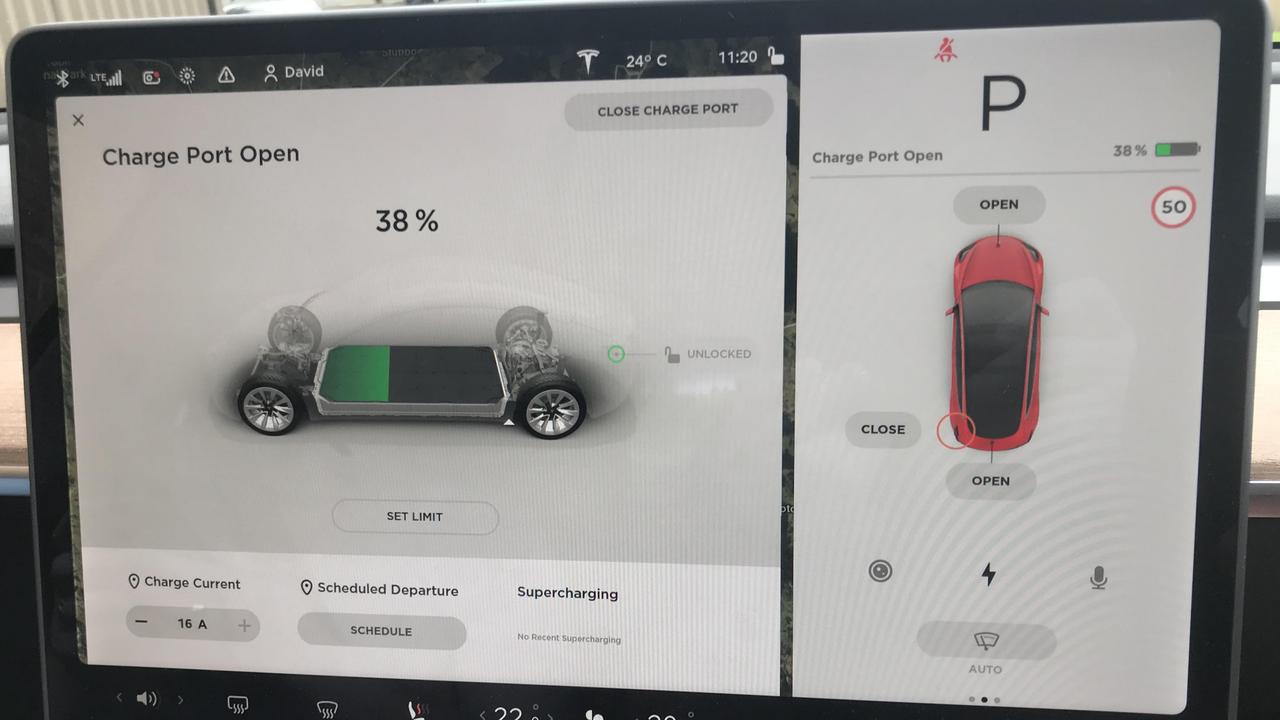
Black faux leather trim is standard on the mid-grade model, as is an excellent 14-speaker stereo. But there is precious little scope for personalisation compared with prestige alternatives.
Tesla’s Autopilot suite includes active cruise control, auto emergency braking and lane keeping assistance as standard.
Customers can pay a further $13,850 for the misleadingly titled “full self-driving capability”, adding what the brand describes as automatic driving from motorway on-ramp to off-ramp, automatic lane changes, and a new feature named “traffic light and stop sign control”.
The car will stop when traffic lights turn red and go when they turn green, which is something you won’t find on any other model today. Tesla says automatic driving on city streets is “upcoming”.
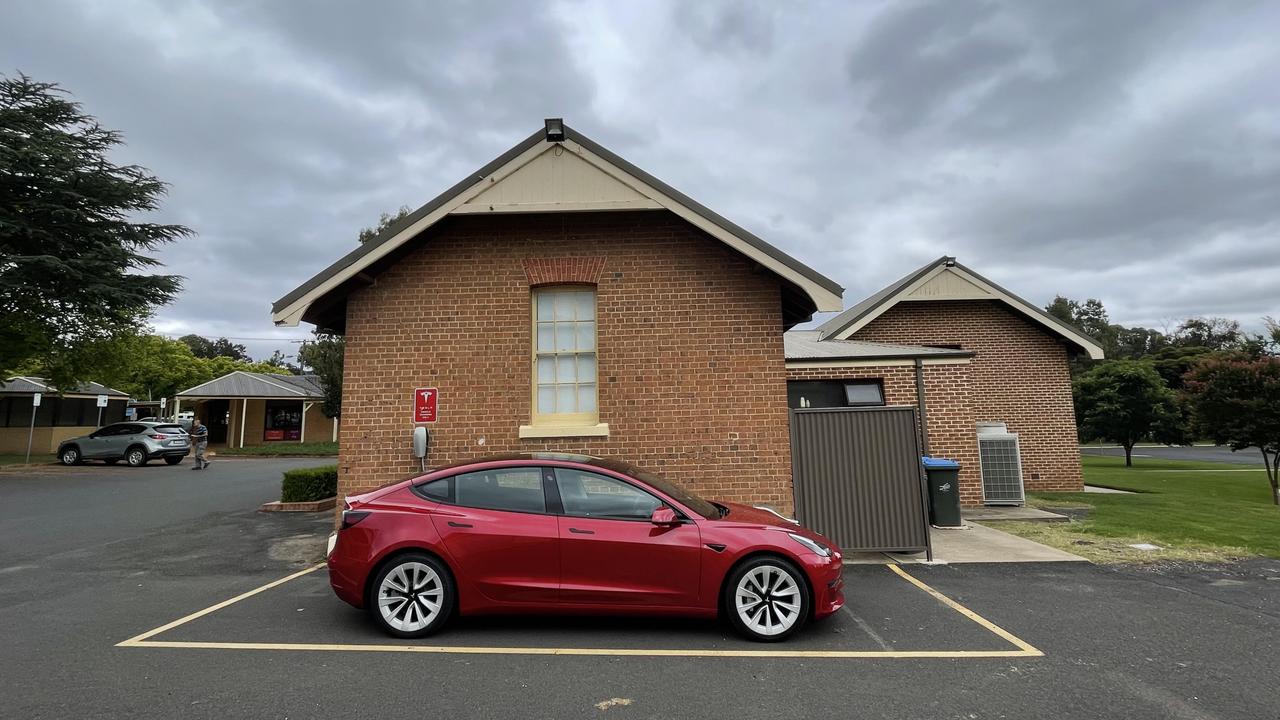
The system is hit-and-miss in the real world. It can be jaw-droppingly impressive, but it can also become confused by everyday situations.
False alarms from the collision avoidance system frustrate, and we found the car was more relaxing to drive with regular cruise control as opposed to Autopilot.
That aside, the Model 3 is a pleasure to drive.

Quick steering makes for sharp direction changes, the instant responses from its motors are genuinely engaging, and the suspension strikes an impressive balance between comfort and cornering ability.
It makes most other cars feel slow, dull and decidedly outdated by comparison.
VERDICT 4/5
Fun to drive, packed with tech and genuinely usable in the real world, the Tesla Model 3 makes a convincing argument for electric vehicle ownership.
TESLA MODEL 3 LONG RANGE VITALS
Price: About $89,500 drive-away
Safety: 5 stars, 6 airbags, auto emergency braking, active cruise control, lane departure and blind spot warning
Warranty: 4-year, 80,000km
Motors: Dual electric motors, 324kW/493Nm
Range: 450km range (as tested)
Fuel use: None
Cargo: 542 litres
Originally published as Tesla Model 3 Long Range review: EV is genuinely usable in the real world



